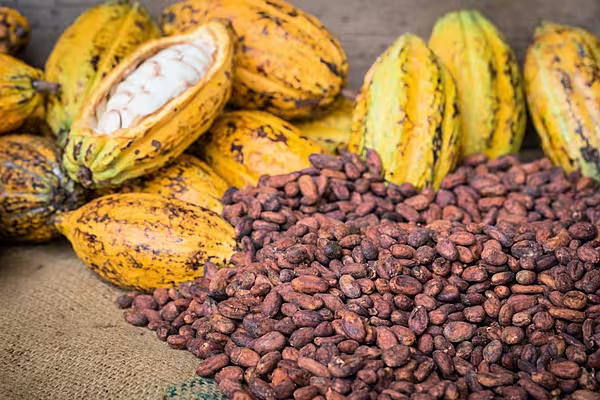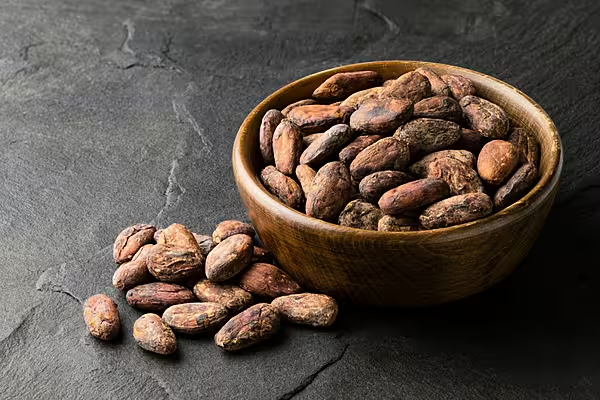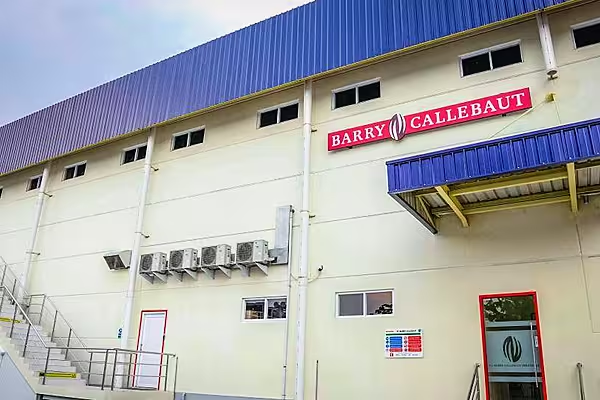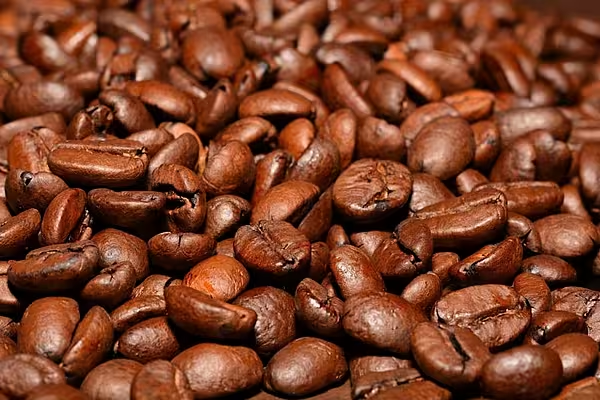Ivory Coast's cocoa growing regions stayed hot and dry over the past week as the main crop harvest started to slow down, farmers told Reuters.
Ivory Coast, the world's top cocoa producer, is in its dry season, which runs from November to March, when rain tends to be scarce or light.
After a productive start to the main crop, aided by abundant rains and sunlight, farmers expected the harvest in villages to start tailing off from February.
In the western region of Soubre, at the heart of the cocoa belt, farmers expected the main crop to be larger than last season's, judging by the remaining pods on trees.
"It is not over yet. There are still enough pods to harvest," said Salame Kone, who farms near Soubre.
The Harmattan dry winds - which sweep in sand from the Sahara and can ravage cocoa pods and sap soil moisture - were retreating, farmers said.
"The Harmattan has pulled back significantly. Heat came in its place," said Albert N'Zue, who farms near the centre-western region of Daloa, which produces a quarter of Ivory Coast's national output.
Focus On Upcoming Crop
The lull in harvesting from next month will allow cocoa growers to focus on the upcoming April-to-September mid-crop.
In the meantime, farmers hope to see one more rainfall before the end of the month to boost the many cherelles growing on trees in time for the start of the new crop, they said.
"We're seeing a lot of cherelles on the trees. There should be rain this month to guarantee a good mid-crop," N'Zue said.
Data collected by Reuters showed the western region of Soubre, which includes the regions of Sassandra and San Pedro, got 0.2 millimetres (mm) of rainfall last week, 3.4 mm below the five-year average.
No rainfall was recorded in any of Ivory Coast's other cocoa-growing regions. Temperatures on average ranged from 25.6 to 28.3 degrees Celsius.
News by Reuters. Click subscribe to sign up to ESM: European Supermarket Magazine.











